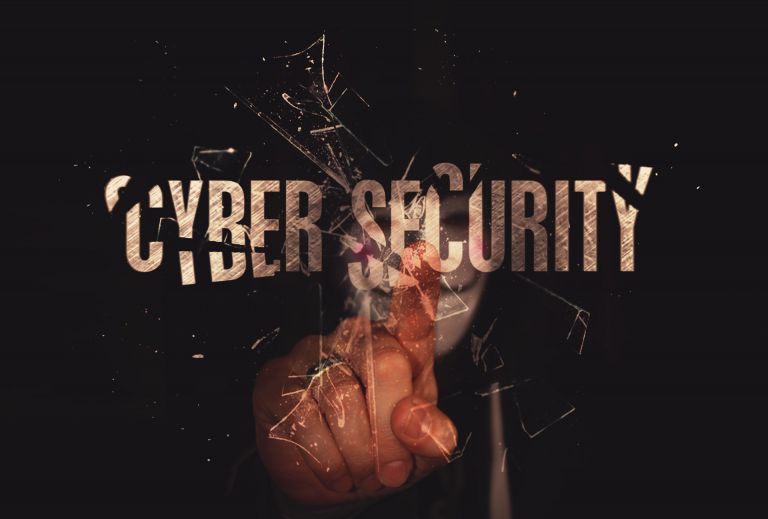IoT managed services and managed IoT solutions are transforming the way businesses connect devices, manage infrastructure, and scale operations.
As technology advances, organizations are continuously looking for new ways to better their operations and remain ahead of the competition. The Internet of Things (IoT) and managed IT services are two technologies that have attracted a lot of interest recently and for good reason. Although IoT devices offer real-time data to help organizations make decisions and improve productivity, managed IT services give enterprises a holistic strategy for managing their IT infrastructure. These two technologies work well together to provide a potent combination that can help companies of all sizes and in all sectors.
Why managed IT services and the Internet of Things exist:
Outsourcing IT chores to a third-party supplier is referred to as managed IT services. This might involve activities like data backup and recovery, cybersecurity, network monitoring, and software upgrades. Without the requirement for an internal IT workforce, managed IT services aim to give organizations a dependable and secure IT infrastructure.
A network of linked devices that gather and share data is known as the Internet of Things (IoT). These gadgets might include everything from smart household gadgets to sensors in manufacturing facilities. Businesses may get real-time data on their operations via IoT devices, enabling better decision-making and more efficiency.
This is where IoT managed services play a key role — helping companies securely deploy, monitor, and scale connected devices while relying on managed IoT solutions to support business growth.
The Significance of Managed IT Services and IoT for Businesses:
IoT and managed IT services can provide several advantages to organizations. Businesses can save time and money while ensuring the security and dependability of their IT infrastructure by outsourcing IT tasks to a third-party provider. Businesses may get real-time data on their operations via IoT devices, enabling better decision-making and more efficiency. This may result in financial savings, increased productivity, and enhanced customer satisfaction.
How Can Businesses Make Use of IoT Solutions with Managed IT Support?
Companies can unlock even greater value by combining IoT solutions with managed IT services, including:
- Predictive maintenance to reduce equipment downtime.
- Smart supply chains that optimize logistics and inventory management.
- Real-time monitoring for enhanced operational visibility and control.
Customer personalization through connected devices and data-driven insights.
Why Companies Can Profit from Managed IT Services and IoT
Cost savings
Managed IT services and IoT may help organizations save money by enhancing operational efficiency, decreasing downtime, and eliminating the need for in-house IT professionals.
Enhanced effectiveness:
Real-time data may be provided by IoT devices to organizations to help them streamline processes and boost productivity. The seamless and effective operation of IT infrastructure may be ensured through managed IT services.
More safety:
Businesses may get the most recent security features and processes from managed IT services to safeguard against online attacks. To combat data breaches, IoT devices may also be protected and monitored.
Making wiser decisions:
IoT devices’ real-time data may support organizations in making decisions based on correct information. The correct collection, archival, and analysis of this data may be made possible through managed IT services.
Improved client experience:
Businesses may create more individualized customer experiences by using IoT devices to get insights into customer behavior and preferences. Customer data may be secured and safeguarded with the help of managed IT services.
Managed Services for IoT Security
One of the biggest concerns with IoT adoption is security. Connected devices increase the attack surface, making businesses vulnerable to cyber risks, unauthorized access, and data breaches. Managed service providers (MSPs) play a critical role in safeguarding IoT ecosystems by offering:
- Continuous monitoring and threat detection.
- Secure device configuration and access controls.
- Regular patching and firmware updates.
- Compliance with industry standards and regulations.
- Data encryption and privacy management.
By leveraging managed services, businesses can ensure that their IoT networks remain secure, compliant, and resilient against evolving cyber threats.
Business IoT Implementation Challenges
Although IoT devices have many advantages for businesses, they can also present several implementation challenges that must be overcome. The following are a few of the principal difficulties with IoT deployment for businesses:
- The complexity of IoT systems:
Setting up and managing IoT systems can be complicated and need specialist skills. To successfully build and maintain their IoT systems, businesses may need to recruit skilled IT workers or outsource to a managed IT services company.
- Compatibility with current IT infrastructure
It can be difficult to integrate IoT devices with current IT infrastructure, especially if there are legacy systems in use. The ability of the IoT devices to connect with other hardware and software, as well as their compatibility with current hardware and software, must be ensured.
- Analysis and administration of data
Large volumes of data are produced by IoT devices, and it can be difficult to gather, store, and analyze this data effectively. To make sense of the data and utilize it to guide decision-making, businesses must have the necessary data management and analytics technologies in place.
- Cybersecurity threats:
IoT devices may be susceptible to hacking and data breaches, which pose serious cybersecurity threats. To guard against these threats, it’s crucial to put in place robust security measures like encryption and access controls. Companies also need to frequently upgrade their security procedures and keep current on the latest security risks.
The Growing Role of Managed IoT Solutions
Managed service providers (MSPs) are no longer limited to traditional IT support. They are increasingly offering managed IoT solutions that cover device lifecycle management, IoT analytics for smarter insights, and robust IoT cybersecurity measures. This shift demonstrates how MSPs are becoming strategic partners in helping businesses maximize the value of IoT while maintaining efficiency, scalability, and security.
IoT and Managed IT Services Future Trends
In the future of technology, managed IT services and IoT are anticipated to become more and more significant as organizations continue to embrace digital transformation. In the upcoming years, the following major trends in managed IT services and IoT might be anticipated:
Growing enterprise adoption of IoT:
We can anticipate seeing more businesses utilize IoT technology to better their operations and improve the customer experience as the advantages of IoT devices become more generally understood. This is particularly true in sectors like manufacturing, healthcare, and retail where IoT devices may offer real-time data and insights to support corporate decision-making.
Development of 5G networks and edge computing:
As the number of IoT devices keeps expanding, edge computing—which includes processing data at the network’s edge rather than forwarding it to a central location—becomes more and more significant. In addition to enabling quicker and more dependable connectivity for IoT devices, the introduction of 5G networks will provide even more real-time data collecting and processing.
Development of AI and machine learning capabilities:
As more data is gathered by IoT devices, AI and machine learning will become increasingly important in processing that data and offering insightful analysis to organizations. With managed IT services and IoT, we may anticipate an increase in AI and machine learning capabilities as companies use these tools to automate procedures, make predictions, and improve operations.
Blockchain technology integration:
Blockchain technology offers a secure, decentralized ledger for storing data, which has the potential to improve the security and transparency of IoT devices. The use of blockchain technology in conjunction with IoT devices is predicted to grow, especially in sectors like supply chain management and logistics where data security and provenance are essential.
Bottom Line
In conclusion, organizations may gain a lot from the combination of managed IT services with IoT, including cost savings, higher productivity, better security, better decision-making, and improved customer experiences. IoT device implementation presents several difficulties, such as system complexity and cybersecurity threats, but they may be overcome with the aid of a managed IT services provider.
At Infodot Solutions, we recognize how critical it is to use technology to support organizations in achieving their objectives. Our managed IT services and Internet of Things (IoT) solutions are made to give companies the knowledge and assistance they need to effectively install and manage new technologies, allowing them to stay on the cutting edge and advance their business. With our assistance, businesses may benefit from the ideal combination of managed IT services and IoT to obtain a competitive advantage and succeed in today’s fast-paced digital environment.




